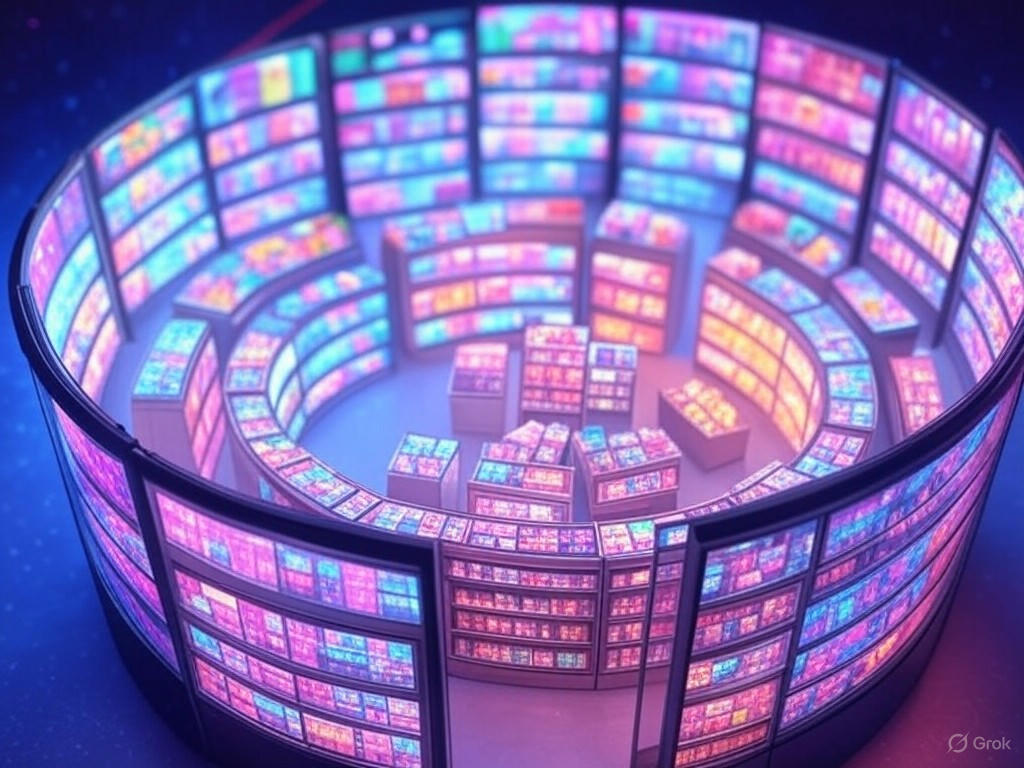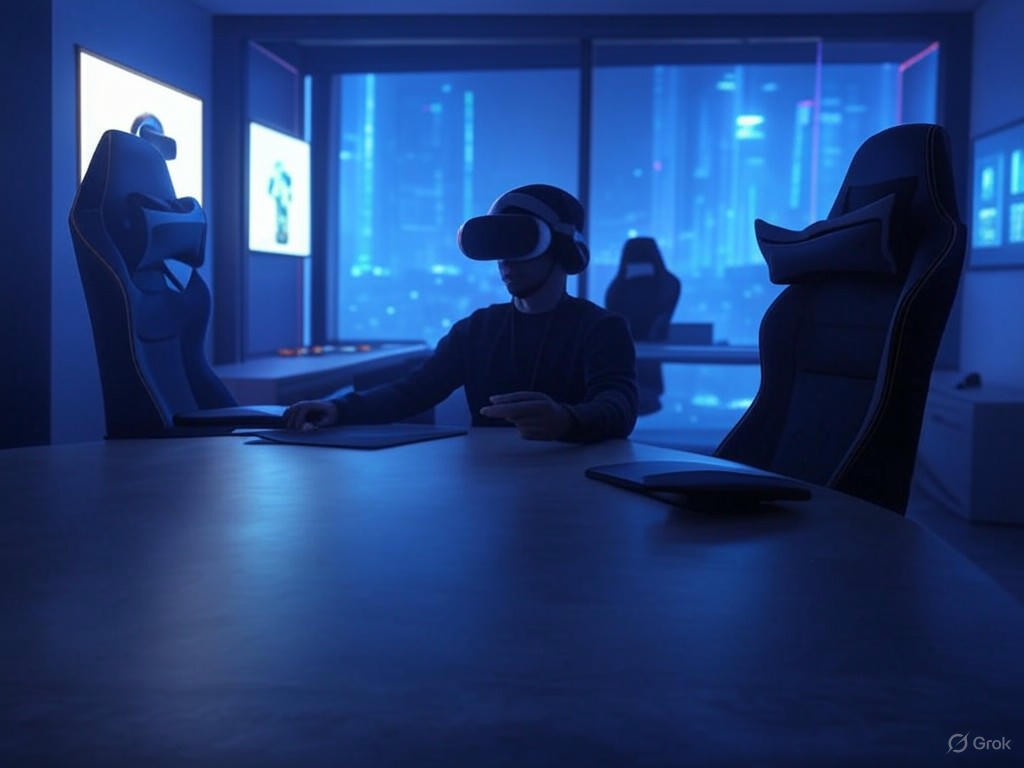In recent years, the rise of Non-Fungible Tokens (NFTs) has significantly influenced various industries, including game development. NFT marketplaces have become crucial platforms for creators, buyers, and sellers, reshaping how games are developed and monetized. This article explores the impact of NFT marketplaces on game development, focusing on secondary markets, royalties, and the broader implications for the industry.
The Emergence of NFT Marketplaces
NFT marketplaces have revolutionized the way digital assets are bought and sold. Platforms like OpenSea, Rarible, and Foundation allow users to trade unique digital items, including in-game assets. This has opened up new opportunities for game developers to monetize their creations through secondary markets.

Secondary Markets and Royalties
One of the most significant impacts of NFT marketplaces on game development is the creation of secondary markets. These markets enable players to buy, sell, and trade in-game assets long after their initial purchase. This not only increases the longevity of games but also allows developers to earn ongoing royalties from these transactions.
For example, a developer can receive a percentage of each sale made on the secondary market, providing a continuous revenue stream. This model incentivizes creators to produce high-quality, desirable assets, knowing they will benefit from future sales.
Benefits for Creators, Buyers, and Sellers
NFT marketplaces offer numerous benefits for all parties involved. Creators can gain more control over their work and receive fair compensation through royalties. Buyers can own unique digital assets with verifiable scarcity, enhancing the value and collectibility of in-game items. Sellers, on the other hand, can profit from their investments in the secondary market.
This ecosystem fosters a dynamic environment where creativity and innovation are rewarded. However, it also presents challenges, particularly in terms of user experience and regulation.
User Experience and Platform Challenges
While NFT marketplaces have brought many advantages, they also face challenges related to user experience. The complexity of blockchain technology can be a barrier for some users, and the volatility of cryptocurrency adds another layer of risk. Platforms must strive to create intuitive interfaces and provide clear guidance to ensure a positive experience for all users.
Moreover, the integration of NFTs into games requires careful consideration of game design and player engagement. Developers must balance the allure of tradable assets with the core gameplay experience, ensuring that NFTs enhance rather than detract from the game.
Regulation and Future Outlook
As NFT marketplaces continue to grow, regulation becomes an increasingly important topic. Governments and regulatory bodies are beginning to scrutinize the NFT space, aiming to protect consumers and prevent fraud. For game developers, understanding and complying with these regulations will be crucial for sustainable growth.
Looking ahead, the integration of NFT marketplaces into game development is likely to evolve. As technology advances and more players enter the space, we can expect to see more innovative uses of NFTs in gaming, from unique character skins to entire virtual worlds.

In conclusion, NFT marketplaces have had a profound impact on game development, offering new monetization opportunities through secondary markets and royalties. While challenges remain, particularly in user experience and regulation, the potential for creativity and innovation in the gaming industry is immense. As the landscape continues to evolve, game developers and players alike will need to adapt to this new digital economy.